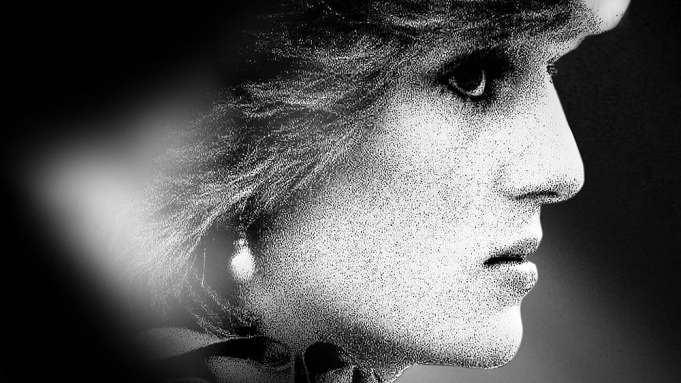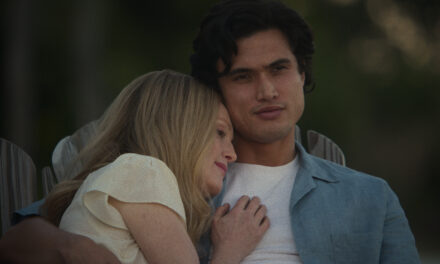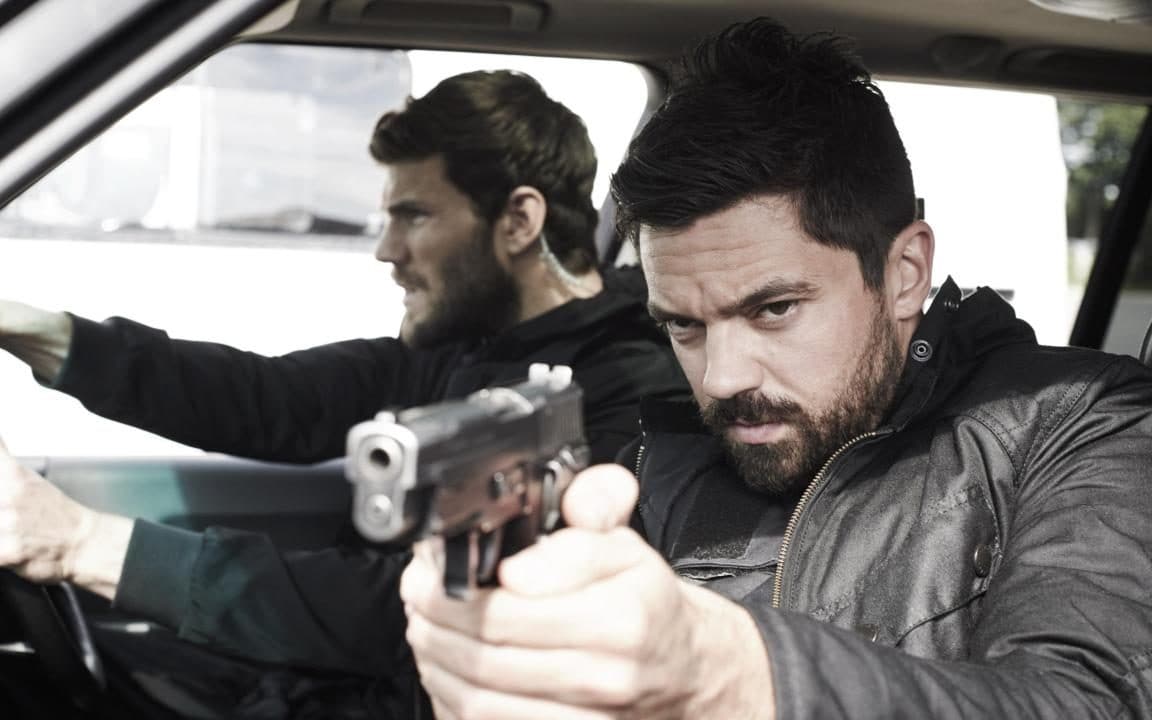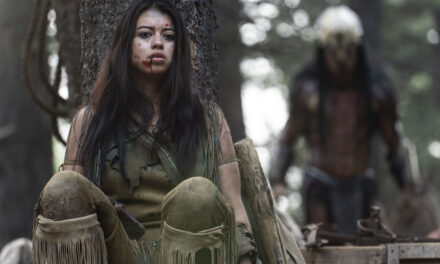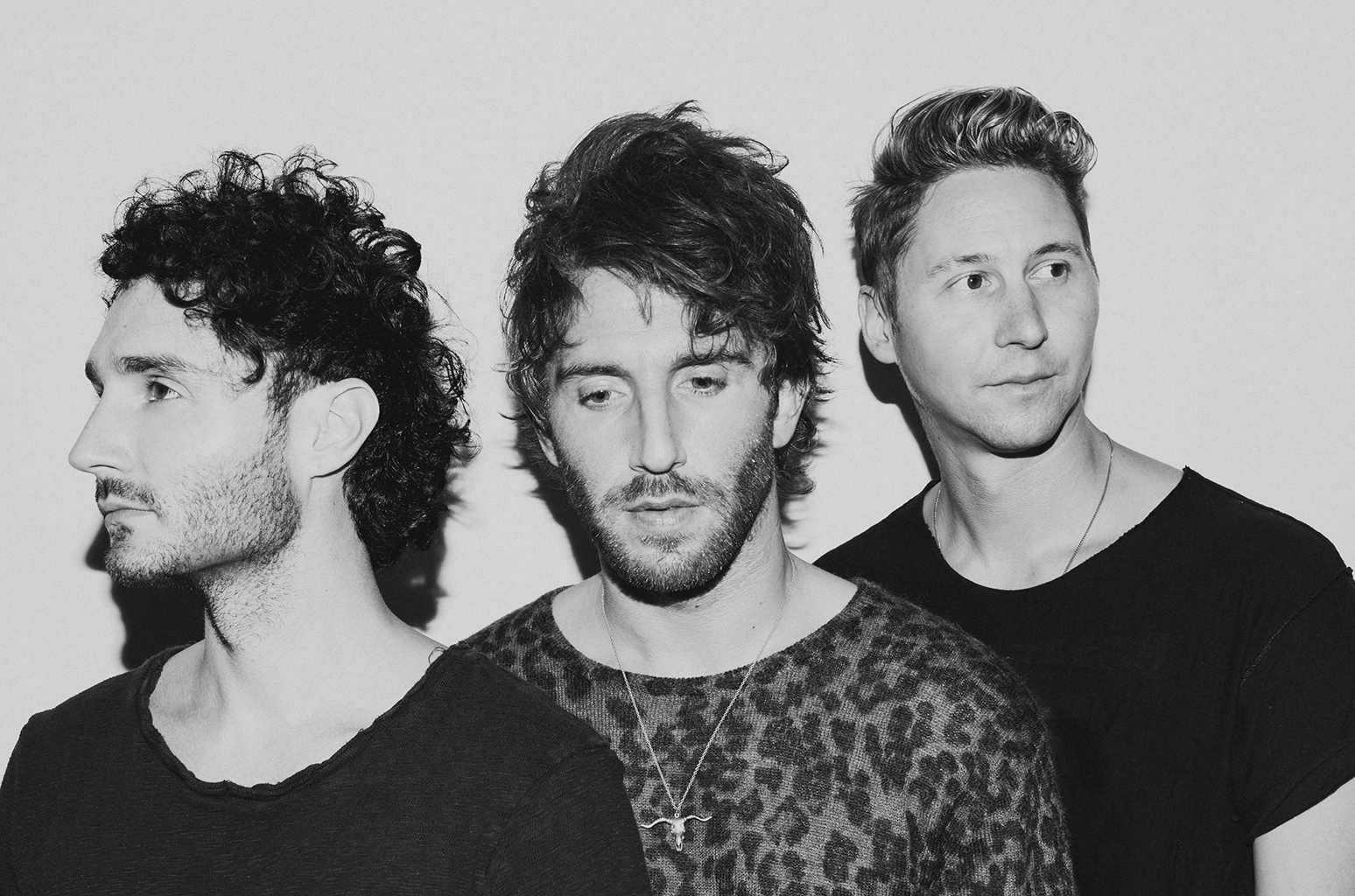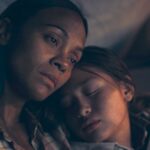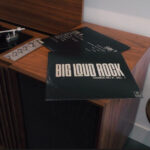There has been a Princess Diana renaissance in the entertainment world, with movies like Spencer, the fourth season of The Crown, and even a musical depiction on Netflix. These platforms are defined by different tones, periods, and accounts—portraying a tragic story that the world finds familiar. With The Princess, director Ed Perkins is aware the audience knows the beginning and end of this tragedy. (The Princess begins from a second-hand perspective of paparazzi about to chase Diana in Paris). Rather, Perkins is telling it in a way that gives voice to the late Diana and the people caught inside the storm of the Royal Family. No narration is present, and archival footage is stitched ever so clearly in a timeline to show Diana being swept up in a maelstrom of expectations and scrutiny.
Recent works like Framing Britney Spears have given us a modern look at the media’s almost parasitic relationship with its larger-than-life figures. The Princess doesn’t begin like a quintessential documentary recounting a childhood background — instead, it drops the audience in the days leading up to the wedding between her and Prince Charles. A young Diana tries to go to work despite a barrage of media and townspeople asking her when the wedding will occur. It’s all an eerie foreshadowing of a constant she has to withstand for the rest of her life — that pressure is more potent with the chosen pieces of videos. There are sudden quiet moments where Diana grimaces against the shudder of clicks of constant cameras around her. A newscaster ponders if they should “lay off the poor girl” given the incessant need for access. They should have probably heeded their own warnings.
But one thing The Princess does is chronicle the marriage of Charles and Diana, from its beginning and scandalous end. She was 16 and he 29 when they initially met. By the time she was 19, the precessions were ready to become a princess – a title that proved heavy as the British people hailed it as a momentous occasion while the riots of the 1980s raged on. The wedding was an escape and something everybody would have a stake in. Yet, the documentary serves as a reminder that Charles and Diana’s union was a “marriage of convenience” only to have a means of succession. Even in their first interview together, both are hard-pressed to find common bonds – often settling on liking “outdoor activities.” Still, it was depicted as a “fairy tale,” even as an everyday supermarket announced the couple’s first pregnancy. Perkins does a good job showing this marriage belonged more to the community and not the people inside it.
The fissures in this relationship grew as Diana came more into her own with her activism and travels. Charles was no longer the focal point, and both the public and press relished in the dissention. Tell-all books of infidelities, tabloid magazine headlines, interviews like Diana’s infamous one with Martin Bashir and Charles’ sit down after the separation were all food for people who starved for scandal. Even with cut-ins of live talk shows, the public sentiments were split. Either they thought the press caused the impending divorce, or they took sides – some opinions more vitriolic than others.
In the end, Diana tried to live her life as normal as possible, asking the press to dial down their pressure. But even those wishes were met by a swift backlash. As Diana tried to exhibit her independence, opinions rooted in patriarchal exuberance became more hostile. Photographers were constants at her house, skiing trips, and even outings with her children. Despite her saying the contrary, some public felt that she couldn’t get enough attention – a character starring in a play to entertain them all. It’s this split world we recognize, but when told in this way, the feeling of sadness has a new sting.
The Princess opens with burgeoning excitement for Charles and Diana’s wedding and ends with her funeral proceedings. The same country that cheered her entry into the royal family and commended or hated her moves when she left gathered around in tears. All I can think of is the end of Romeo and Juliet when Prince Escalus yells to the citizens of Verona that “all are punish’d.” In the aftermath of her death, everybody wondered where things went wrong. Was it the expectations of the monarchy or the constant entitlement concerning Princess Diana’s private life? It’s a bit from every column. The Princess is best looked upon as a bunch of puzzle pieces rearranged as a past, present, and future warning of celebrity indulgence.

